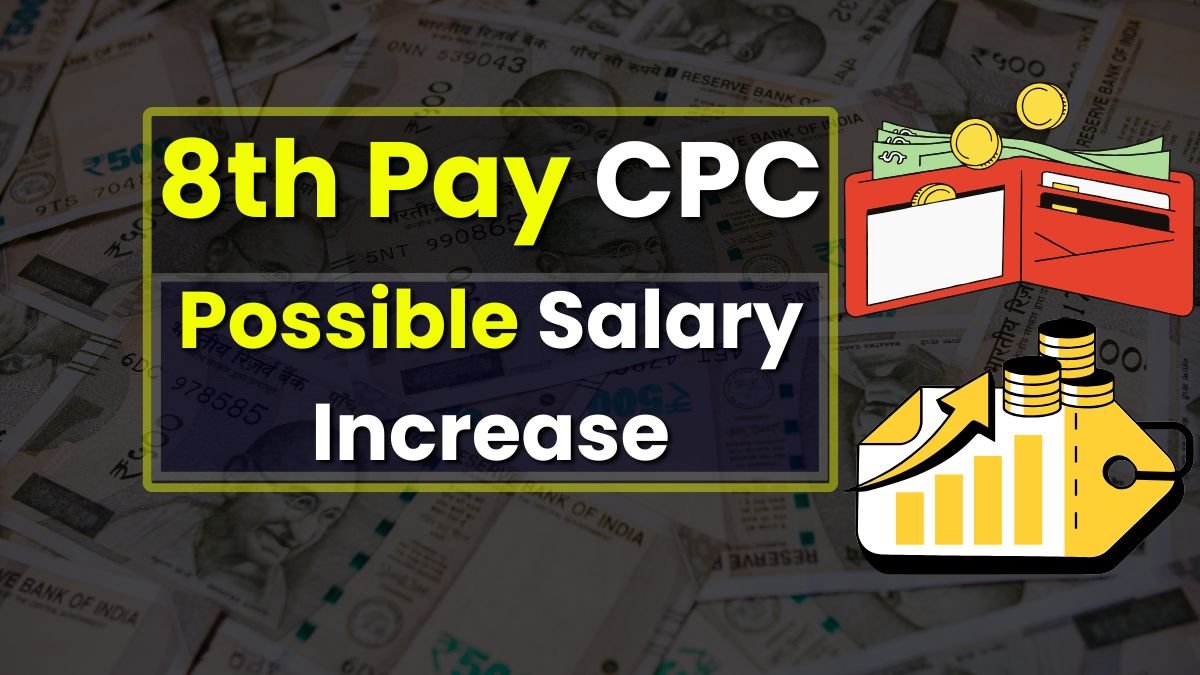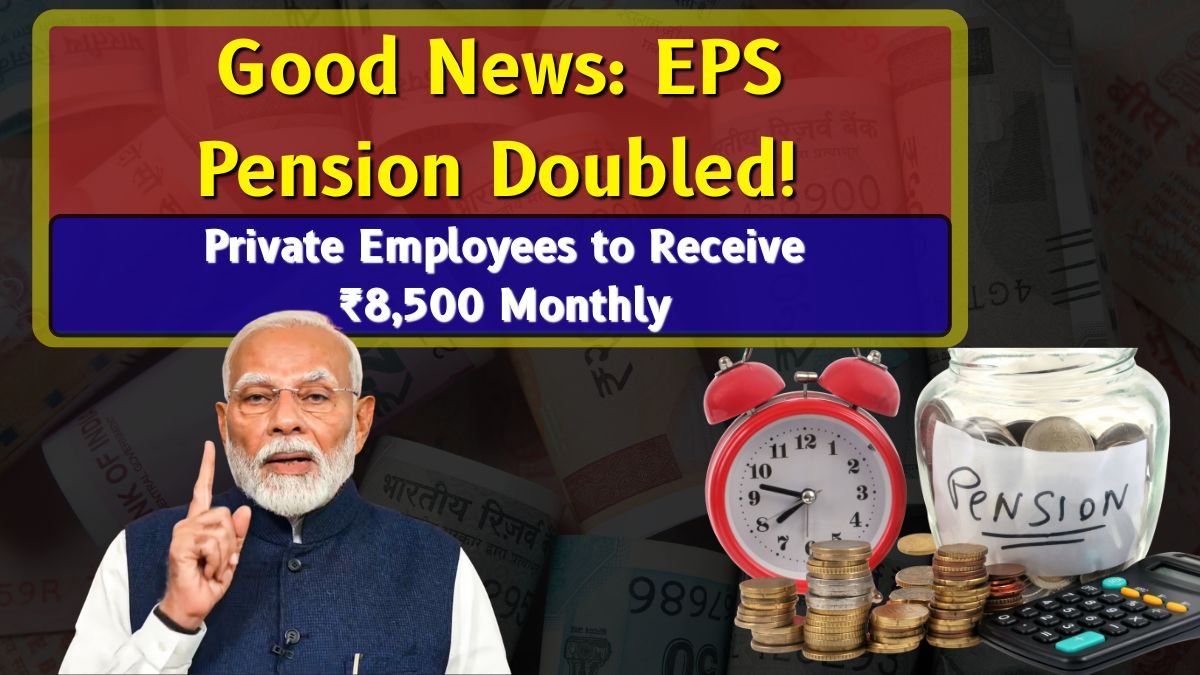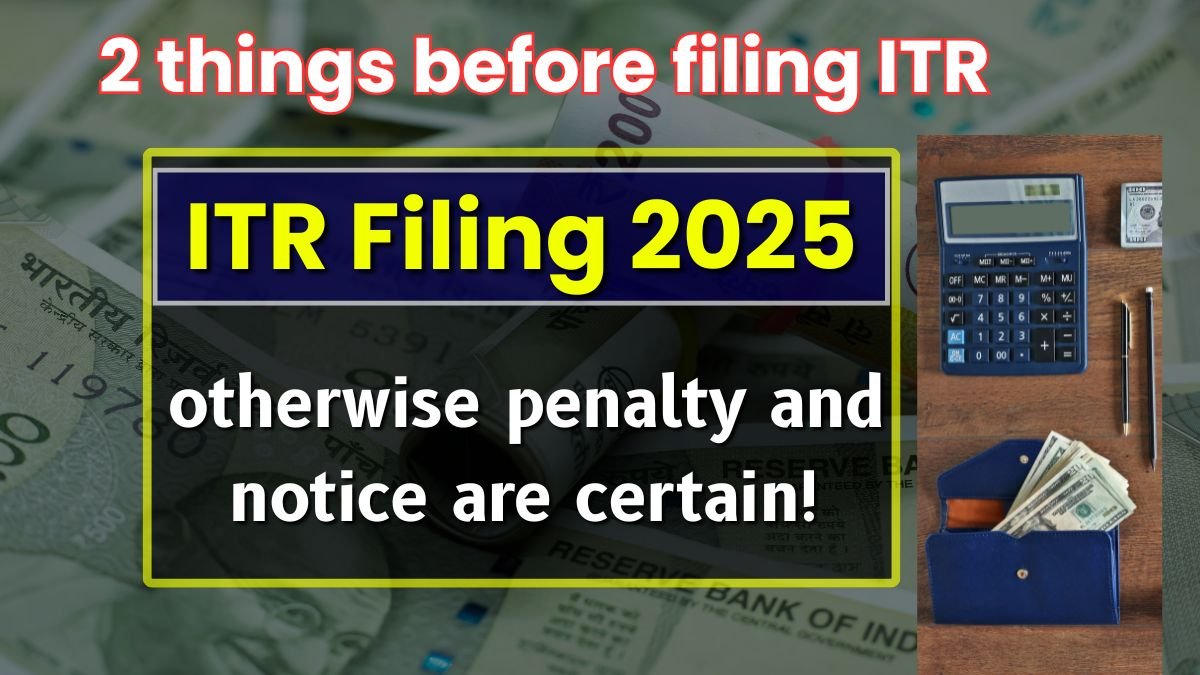The Pay Commission is how the Indian government revises salary structures for its central employees and pensioners. This isn’t a one-off decision—it’s a major policy exercise that typically happens once every 10 years.
The 8th Central Pay Commission (CPC) is set to replace the 7th CPC, which came into effect back in 2016. With over 1.2 crore government employees and pensioners affected, it’s no small update.
Here’s why this matters:
- It doesn’t just impact your basic salary—it also affects your allowances, pension, and retirement benefits.
- The new commission could reshape how pay levels work through changes in the Pay Matrix and fitment factor.
What’s the Current Status of the 8th Pay Commission?
As of now:
- The Union Cabinet has approved the 8th Pay Commission in principle.
- But the Terms of Reference (TOR)—which define the scope and mandate of the Commission—have not yet been finalized.
- No official word on the chairman or members of the commission either.
The timeline? Implementation is expected around 2027, so while it may feel far off, groundwork is already underway.
Possible Salary Increase – What Are We Looking At?
One of the most talked-about aspects is the fitment factor. In the 7th CPC, it was set at 2.57. Reports suggest it could be increased to 2.86 in the 8th CPC.
What does that mean in real terms?
Let’s break it down by pay levels:
| Pay Level | Current Basic Pay | Expected New Pay (Approx.) |
|---|---|---|
| Level 1 | ₹18,000 | ₹51,480 |
| Level 2 | ₹19,900 | ₹56,914 |
| Level 3 | ₹21,700 | ₹62,062 |
| Level 6 | ₹35,400 | ₹1,01,244+ |
| Level 10 | ₹56,100 (IAS/IPS Entry) | ₹1,60,000+ |
So yes, in some cases, the total salary package could effectively triple—especially when combined with allowances and revised pension structures.
How Will This Affect Pensioners?
It’s not just active employees who stand to benefit.
Pensioners may see a revision in their monthly pensions based on the updated Pay Matrix. This could bring much-needed relief, especially with rising healthcare and living costs.
The revised dearness relief (DR) rates, medical allowances, and other retirement-linked benefits are also expected to be realigned under the new system.
What to Expect Next?
Here’s what you can keep an eye on:
- Official announcement of the Commission’s chairman and members
- Finalization of the Terms of Reference (TOR)
- A draft timeline of submissions and implementation roadmap
FAQs About the 8th Pay Commission
Q1. Has the 8th Pay Commission officially started?
Not yet. It has been approved in principle, but no official team has been appointed so far.
Q2. When will it be implemented?
Current estimates suggest implementation around 2026–2027.
Q3. Will my salary really triple?
In some levels, yes, especially when combining basic pay, revised allowances, and benefits.
Q4. What is the fitment factor?
It’s a multiplier used to calculate new basic pay. It’s expected to rise from 2.57 to 2.86.










